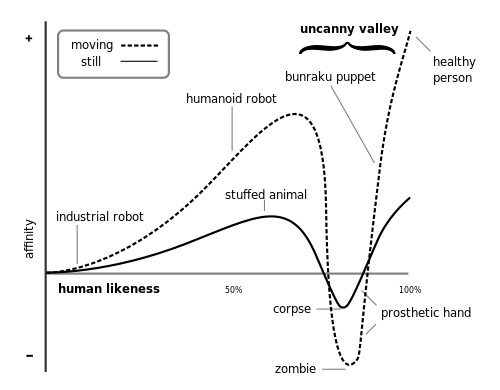
Just got off the phone with Judy Natal, who tells me that 2500 PEOPLE showed up at the University of Arizona in Tucson AZ for a series of talks on cosmology. Evidently there's a thirst for thinking about what exists in reality, even for ontology itself.
Judy was wondering why the same fascination isn't there for global warming. I was thinking about this too—I reckon it's because of the oppressive claustrophobic horror of actually being inside it. You can spectate “the Universe” as a kind of ersatz aesthetic object: you have the distance provided by the biosphere itself, which acts as a kind of spherical cinema screen. You can kid yourself that what's displayed on that screen (like projections in a planetarium) is infinite, distant—the whole Kantian shebang.
But inside the belly of the whale that is global warming, it's oppressive and hot and there's no “away” anymore. And it's profoundly regressing: a kind of toxic intrauterine experience, on top of which we must assume responsibility for it, and what neonatal or prenatal infant should be responsible for her mother's existence?
I was thinking about the “uncanny valley” phenomenon in robotics yesterday. Last time I posted on it a commenter talked about racism and I think yes, the uncanny valley explains racism quite well, and other forms of dehumanization. If an entity is different enough from you, you can regard them without a sense of the uncanny (which has to do with strange resemblance). So antisemitism for instance emerges in a culture (Nazism) in which beings such as Hiter's dog, Blondie, are treated with reverence.
The more we find out about our kinship with all lifeforms, the more uncanny they become—they all start to slip into the uncanny valley. So ecological ethics must be to do with how we confront the “inhuman”—precisely, the strange stranger that is us.
So perhaps global warming is in the uncanny valley as far as hyperobjects go. Just a theory, but maybe a black hole, despite its terrifying horror, is so far away and so wondrous and so totally fatal (we would simply cease to exist anywhere near it) that we marvel at it, rather than try to avoid thinking about it or feel grief about it. The much smaller, much more immediately dangerous hole that we're in (inside the hyperobject global warming), is profoundly disturbing. Especially because we created it.
--
Ecology without Nature
2 comments:
Fascinating idea, Tim!
Hey Tim-
Do you mind if I ask you a few questions regarding this wonderful stuff?
I'm curious if you have any thoughts on where spiders fall in the Uncanny Valley and in relation to Spectral Plain.
I suspect that spiders (with specific regard to our terror of them) fall off the back end of the chart, past robotic industrial robot, into another valley antipodal to human likeness, owing to their "conscious autonomy," as having not been created by humans.
So if R2D2 sits atop the hill looking across the valley at "healthy person" - then spider sit across the upside down underworld hill looking across at human corpse and zombie.
I'm curious wrt to the possibility that the spider is the embodiment of "algorithm" or non-corporeal viral/language entity, on the Spectral Plain - the terror of the network, which we are, but which we can't put our finger on (yet) because it has no body. (Even the word "body" in this case invokes repulsion unto terror... corpse and spider in equal, if oppositional, form).
In parallel I suspect wrt to the fraternity and empathy possible with R2D2, that one may suddenly slip into the underworld, through the very empathy - or trap - established with that entity. That by probing more deeply, perhaps farther the one "should," we encounter in R2D2 the "eye of the spider" - very literally, and may suddenly experience terror with the very creature whom just invoked feelings of trust and camaraderie.
So there are two parallel lines running from right to left, from lowest trough to highest crest; from spider --> R2D2 and from corpse/zombie --> healthy person. And our terror is that the line might jump, and in fact run from spider to healthy person. Which is what we encounter now in the hyperobject.
The non-corporeal network as hyperobject makes this possible by revealing the simultaneity of the uncanny valley and the spectral plain? And the because of this this simultaneity, the non-corporeal network is literally building a body for itself - the spider. Placing us - on the spectral plain in direct continuum with spider. Uncanny terror now simultaneous with uncanny intimacy. We are the body of the network. We are the spider.
Any thoughts?
Apologies for taking up airspace here, or retreading ground you've already covered!
As always- highest regards-
JW
Post a Comment